Are Cherries Good For Fatty Liver

The insidious nature of non-alcoholic fatty liver disease (NAFLD) has transformed it into a global health crisis, affecting millions silently and often going undetected until significant liver damage occurs. As pharmaceutical solutions continue to evolve, an increasing number of individuals are turning to dietary interventions, searching for natural allies in their fight against this debilitating condition. Among the fruits gaining attention, cherries, with their vibrant color and purported health benefits, are increasingly being examined for their potential role in mitigating fatty liver disease.
At the heart of this investigation lies the question: can these small, sweet fruits offer meaningful protection against the buildup of fat in the liver, and if so, through what mechanisms? This article will delve into the existing scientific evidence, explore the bioactive compounds found in cherries, and consult expert opinions to provide a comprehensive understanding of the potential benefits, limitations, and overall relevance of cherries in the context of NAFLD management.
Understanding Fatty Liver Disease
NAFLD is a condition characterized by the accumulation of excess fat in the liver of individuals who consume little to no alcohol. It's often linked to obesity, type 2 diabetes, high cholesterol, and high blood pressure, making it a significant concern in the context of metabolic syndrome.
The progression of NAFLD can range from simple steatosis (fat accumulation) to non-alcoholic steatohepatitis (NASH), which involves inflammation and liver cell damage. NASH can ultimately lead to cirrhosis, liver failure, and even liver cancer.
Lifestyle modifications, including diet and exercise, remain the cornerstone of NAFLD management.
The Potential of Cherries: A Nutritional Profile
Cherries, particularly tart cherries, are packed with bioactive compounds that may exert beneficial effects on liver health. These compounds include anthocyanins, which are potent antioxidants responsible for the fruit's vibrant red color.
Beyond anthocyanins, cherries also contain other beneficial compounds like quercetin, kaempferol, and chlorogenic acid, each contributing to their antioxidant and anti-inflammatory properties.
These nutrients may play a crucial role in combating the oxidative stress and inflammation often associated with NAFLD.
Scientific Evidence: What the Research Says
While direct research on cherries and NAFLD is still limited, existing studies offer promising insights. Some animal studies have demonstrated that cherry extracts can reduce liver fat accumulation and improve liver function.
For instance, a study published in the Journal of Nutritional Biochemistry found that tart cherry supplementation reduced hepatic steatosis and inflammation in mice fed a high-fat diet. These are encouraging findings, but it's crucial to emphasize that animal studies don't always translate directly to human outcomes.
Human studies, though scarce, are beginning to emerge. A small-scale study suggested that cherry consumption might improve certain markers of inflammation and oxidative stress in individuals with metabolic syndrome, a condition closely linked to NAFLD. More extensive and well-designed human trials are needed to confirm these preliminary findings and establish a definitive link between cherry consumption and improved liver health in individuals with NAFLD.
Mechanisms of Action: How Cherries May Help
The potential benefits of cherries in NAFLD management are likely multifaceted, involving several key mechanisms. Anthocyanins, known for their antioxidant properties, can help neutralize free radicals and reduce oxidative stress in the liver, protecting liver cells from damage.
Furthermore, cherries may exert anti-inflammatory effects, reducing the inflammatory processes that contribute to the progression of NAFLD to NASH. Some research suggests that cherries could improve insulin sensitivity, a critical factor in managing NAFLD, as insulin resistance often plays a significant role in the disease.
Cherries may also help regulate lipid metabolism, potentially reducing the accumulation of fat in the liver.
Expert Perspectives: A Balanced View
Dietitians and hepatologists emphasize the importance of a holistic approach to managing NAFLD. Dr. Emily Carter, a registered dietitian specializing in liver health, advises, "While cherries may offer some benefits due to their antioxidant and anti-inflammatory properties, they should be considered as part of a balanced diet rich in fruits, vegetables, and whole grains."
Dr. David Lee, a hepatologist at the Liver Disease Center, cautions against relying solely on cherries as a treatment for NAFLD. "Lifestyle modifications, including weight loss, regular exercise, and a healthy diet, remain the most effective strategies for managing NAFLD. Cherries may be a helpful addition, but they are not a substitute for evidence-based medical care."
He further notes that while generally safe, excessive cherry consumption could lead to gastrointestinal discomfort in some individuals.
Incorporating Cherries into Your Diet
If you're considering adding cherries to your diet for potential liver health benefits, moderation is key. Fresh or frozen cherries are generally preferred over cherry juice, as the juice can be high in added sugars.
Tart cherry juice concentrate, when diluted, can be a convenient option, but it's important to read labels carefully to avoid products with excessive sugar content.
Cherries can be easily incorporated into smoothies, yogurt, oatmeal, or simply enjoyed as a snack.
Looking Ahead: Future Research and Clinical Implications
The field of NAFLD research is rapidly evolving, and future studies are crucial to further elucidate the role of cherries in liver health. Larger, well-controlled clinical trials are needed to investigate the effects of cherry consumption on liver enzymes, inflammation markers, and liver fat content in individuals with NAFLD.
Research should also focus on identifying the optimal dosage and form of cherries for maximizing potential benefits. Understanding the specific mechanisms by which cherries impact liver health will pave the way for more targeted and effective dietary interventions.
Ultimately, integrating cherries into a comprehensive NAFLD management plan requires a personalized approach, guided by healthcare professionals, to ensure safety and efficacy.
Conclusion
While the existing research on cherries and fatty liver disease is promising, more evidence is needed to definitively establish their therapeutic potential. Cherries, with their rich antioxidant and anti-inflammatory properties, may offer supportive benefits as part of a holistic approach to managing NAFLD, alongside lifestyle modifications and medical care.
Individuals with NAFLD should consult with their healthcare providers to determine the most appropriate treatment plan, considering cherries as a potential complementary strategy.
As research continues to unfold, a clearer understanding of the role of cherries in liver health will emerge, potentially offering a tasty and nutritious tool in the fight against this widespread and challenging condition.


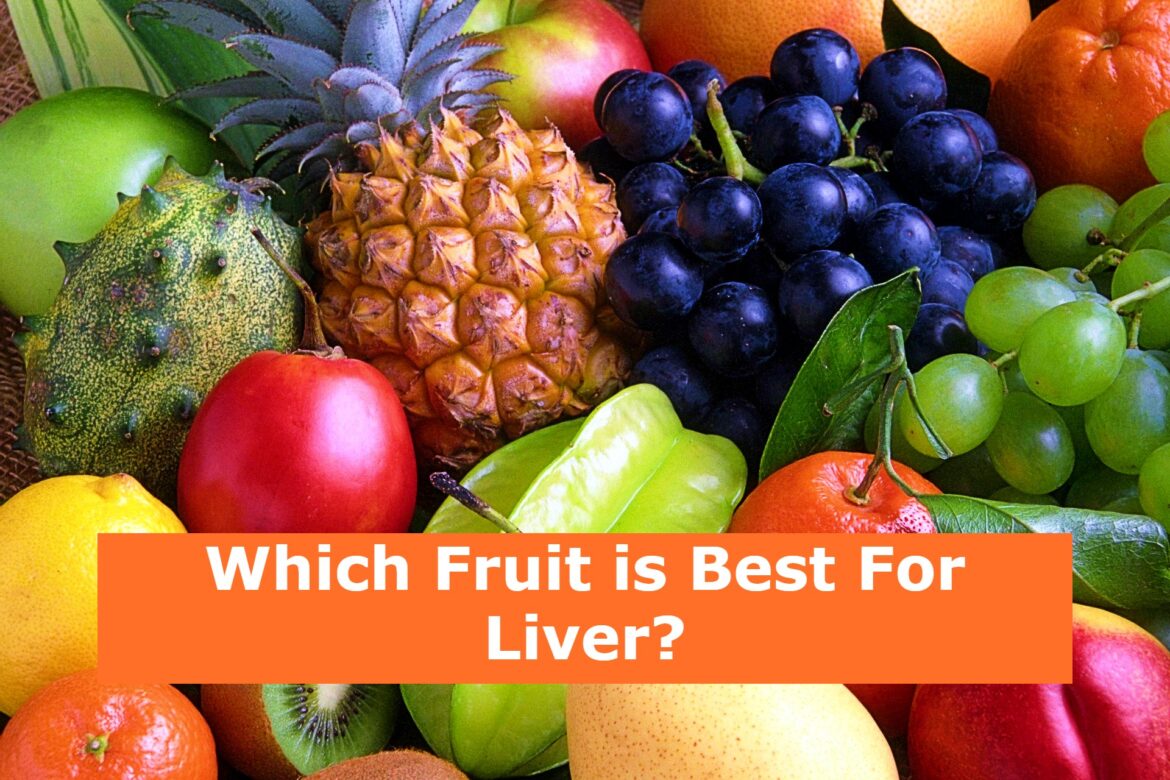

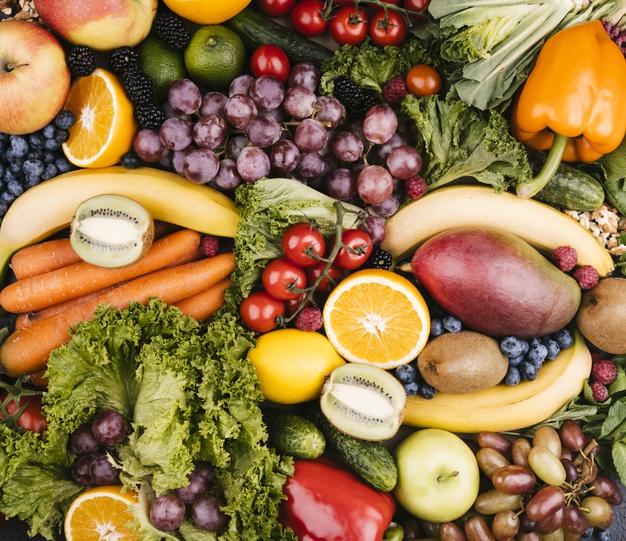


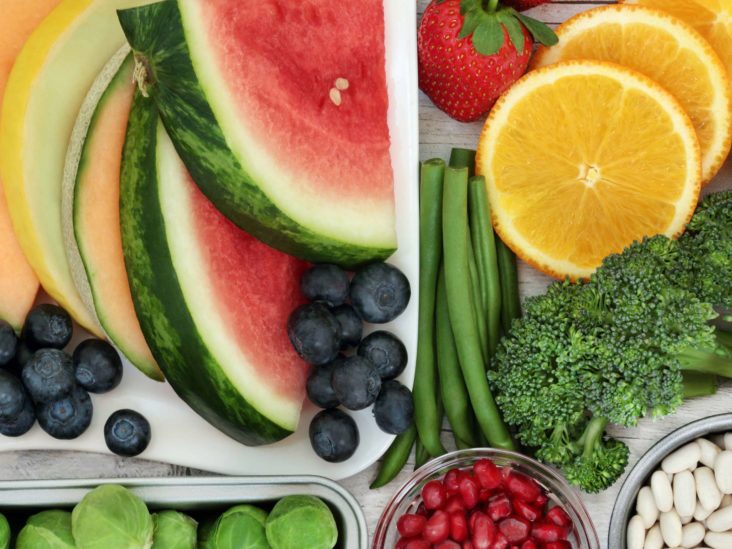



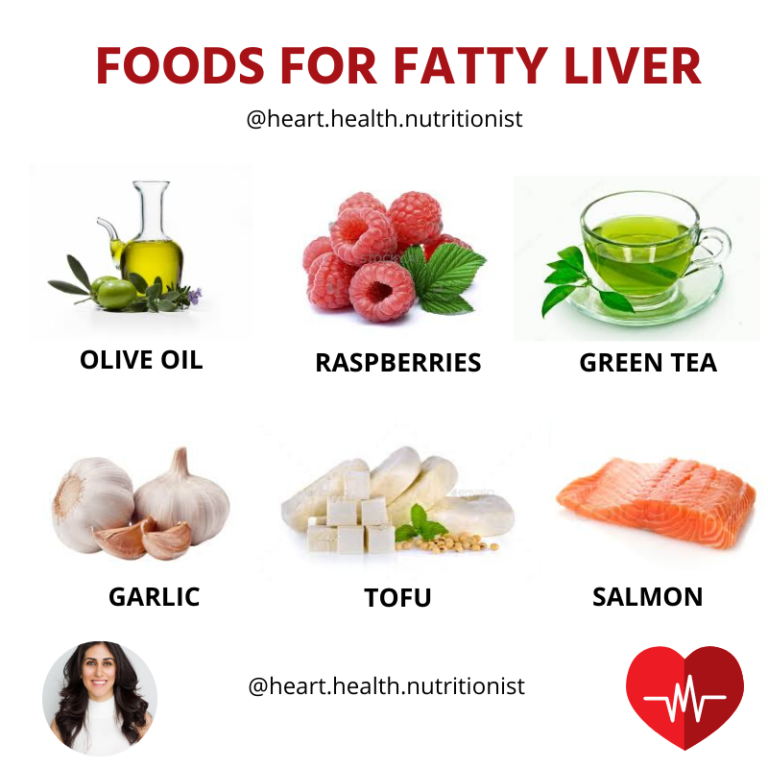



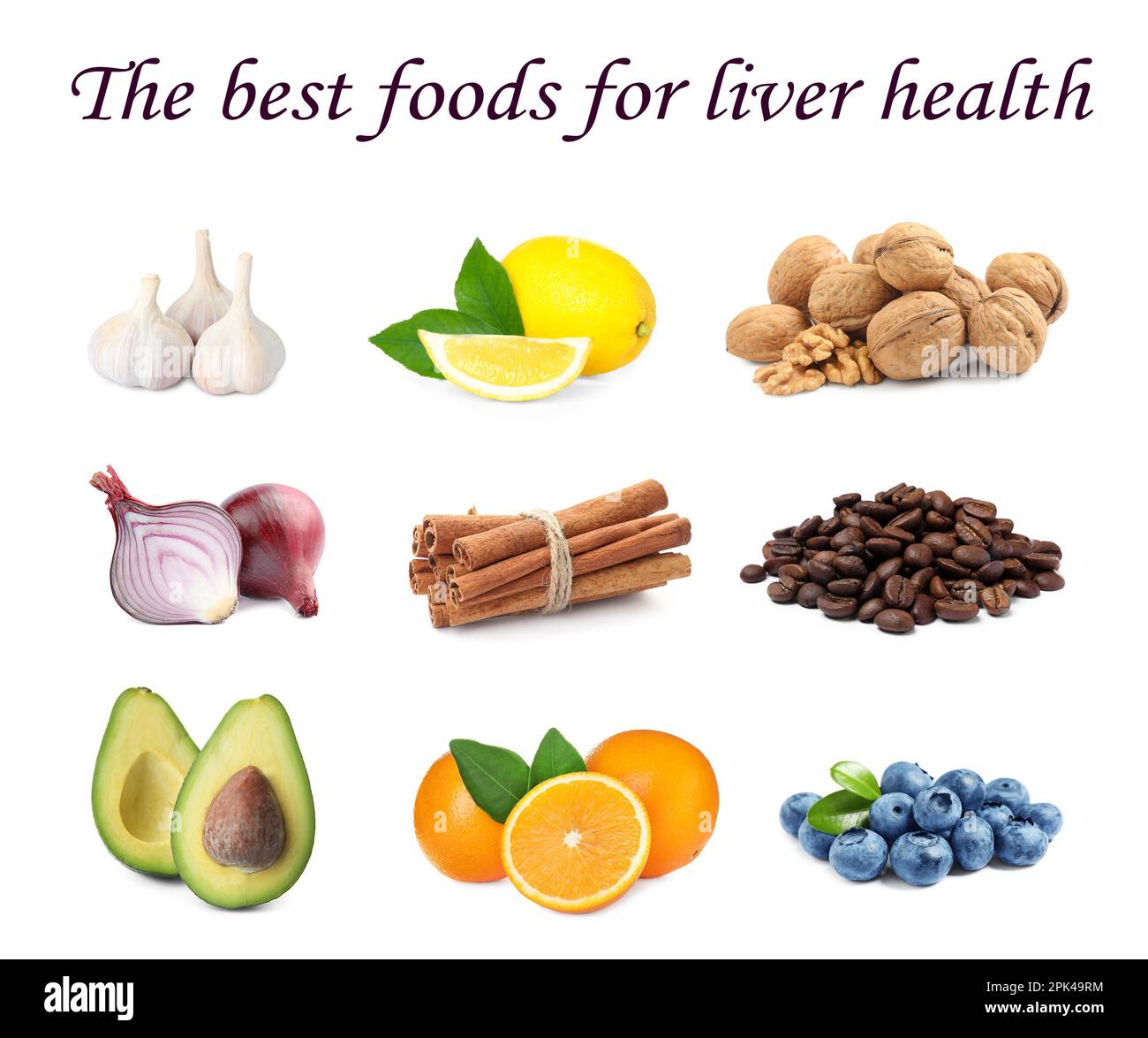

:max_bytes(150000):strip_icc()/cherries_annotated2-693d69986ce549429dce02ee5ad8d0ac.jpg)
